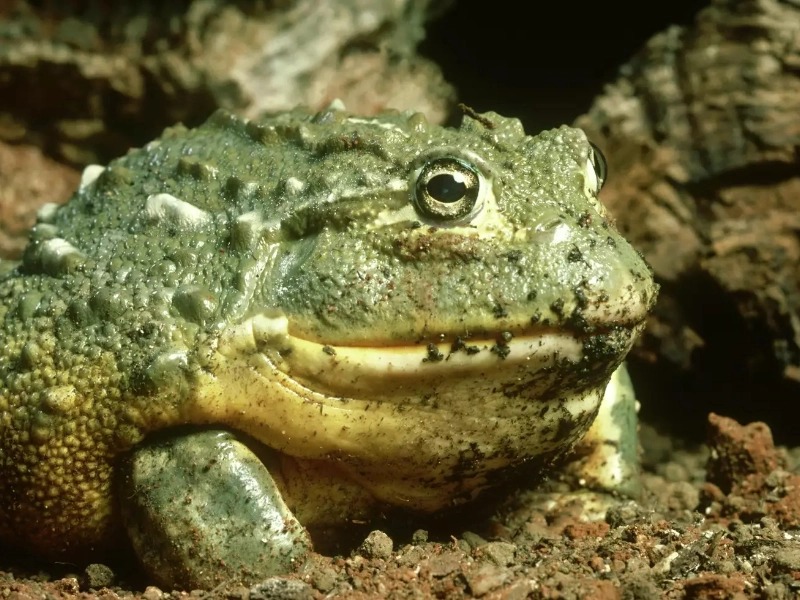
17 Animals Amazingly Adapted to Thrive in Deserts
By • Last Updated17. Fennec Fox

Native to the deserts of North Africa, particularly the Sahara, the fennec fox (Vulpes zerda) is a small, nocturnal fox renowned for its distinctive appearance. Its most striking feature is its large ears, which can measure up to a quarter of its body length. These ears not only enhance its hearing but also play a crucial role in thermoregulation, helping the fennec fox dissipate body heat in the extreme desert temperatures, thus keeping it cool during the scorching day.
Well-adapted to their arid environment, fennec foxes possess several unique morphological and behavioral traits that aid in their survival. Their thick fur coat protects them from the heat during the day while insulating them against the chilly desert nights. Another key adaptation is the fur on their paws, which provides traction on the shifting terrain and shields their feet from the hot sand. This combination of physical characteristics enables fennec foxes to thrive in an environment with significant temperature fluctuations.
Fennec foxes are omnivorous, feeding on a diverse diet that includes insects, small mammals, birds, fruits, and roots. Their opportunistic feeding habits allow them to make the most of the limited resources available in their challenging environment. They have developed a unique foraging technique that helps them locate food even in darkness. Their acute sense of hearing enables them to detect the movements of prey, such as insects and rodents, hidden beneath sand or vegetation.
Socially, fennec foxes are relatively gregarious, often forming small family groups consisting of a breeding pair and their pups. These family units work together to raise the young and find food, enhancing their overall chances of survival. During the breeding season, males engage in elaborate courtship displays to attract females, showcasing their strength and agility.
Fennec foxes are also known for their varied vocalizations, which include barks, whines, and chirps. These sounds facilitate communication among family members, helping to maintain social bonds and coordinate group activities. Additionally, fennec foxes, particularly young kits, exhibit playful behavior, further contributing to their charm and adaptability in the desert.
In summary, the fennec fox exemplifies remarkable adaptation to desert life. Its unique physical traits, resourcefulness in foraging, and social behaviors highlight the species’ resilience in one of the harshest habitats on Earth. Understanding the specific adaptations of the fennec fox is vital for its conservation and the protection of the fragile ecosystems it inhabits, especially as habitat loss and climate change continue to threaten various species.